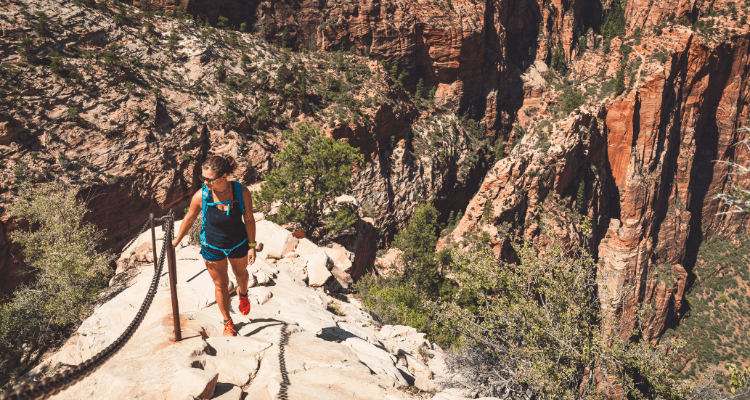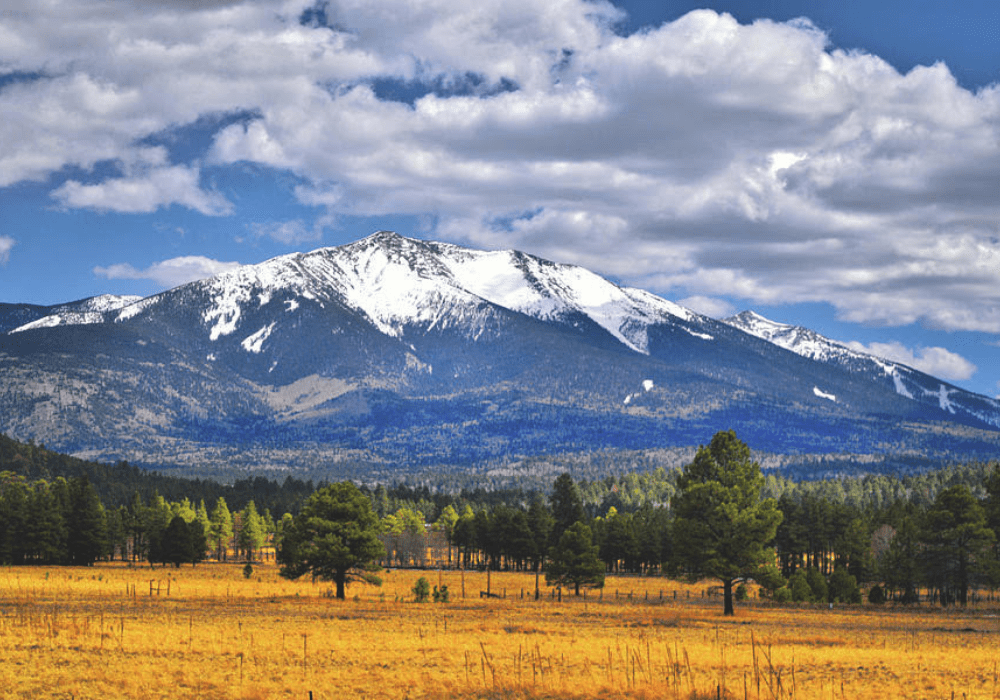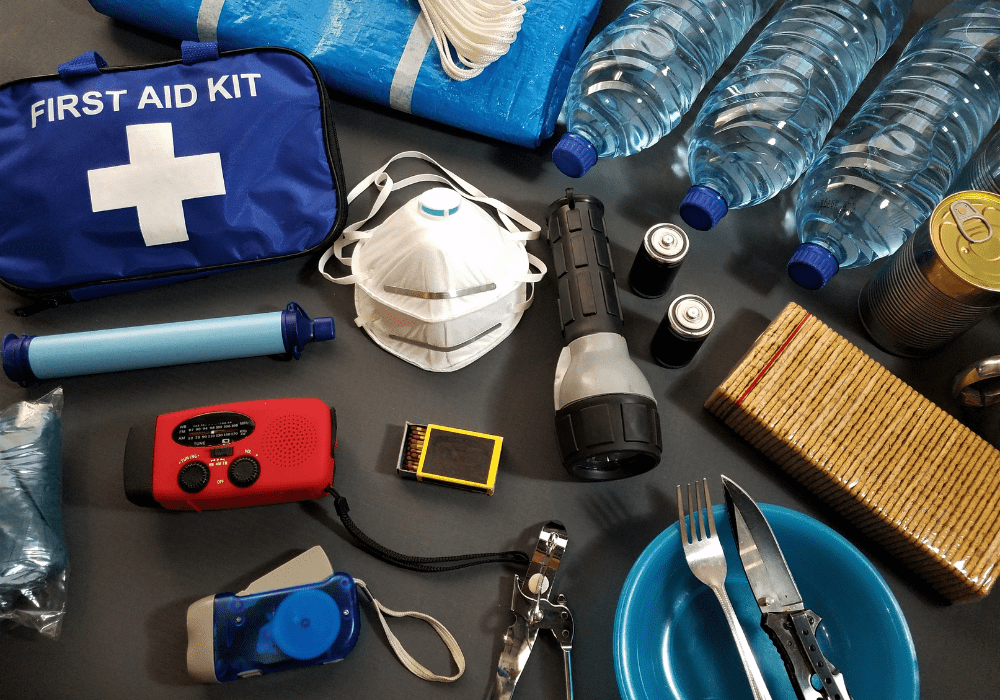
Day Hiking Checklist – Everything You’ll Need For Most Hikes
Day hiking is an awesome way to explore nature alone and reconnect with yourself or even with friends and family. Whether you go deep into the woods or stay close to home, the outdoor adventures to be had are plentiful; many state and national parks offer broad trail networks, as does national forest and BLM land.
To determine what you need to bring on a day hike, think about hiking distance, how remote the location is and what the weather forecast looks like. In general, the longer and/or more remote the hike is and/or the more inclement the weather, the more clothing, gear, food and water you’re going to need. If you’re just getting into day hiking, be sure to read our How to Get Into Hiking article before you hit the trail.
Table of Contents
How to Use This Day Hiking Checklist
While you’re prepping, use this day hiking checklist to ensure you don’t forget to pack anything important.
Here are some notes on how to best use this list:
The Essentials: Items that are part of the Essentials are marked by an asterisk (*). The exact items you take can be tailored to your trip based on weather, difficulty, duration and distance from help. To learn more, see our article on Day Hike Essentials.
This checklist is deliberately comprehensive and created for day hikes in backcountry where self-sufficiency is important to your survival. It includes more items than you’re likely to need for short treks in or near developed areas, like city parks, and state recreation areas though you can certainly adapt it to your needs for these trips.
Hiking Gear Carrier
Your backpack is the primary piece of gear for day hiking. One that holds at least 12–21 liters of gear is fine for short, simple hikes, while something larger is better for longer hikes where more food, water, clothing and gear is required.
- Backpack *
Weather Appropriate Clothing & Footwear (moisture wicking and layers)
Always check the forecast and dress accordingly. Always be prepared for changing weather or an unplanned night out, pack extra clothes beyond your trips requirements. For footwear, determine what to wear based on the terrain. On gentler hikes or smooth trails, hiking shoes or trail runners are just fine. For hikes on more rocky, rugged trails, boots will provide more ankle and foot support.
Additional Day Hike Clothing Items for Rainy or Cold Weather
Food & Water
Pack snacks like energy bars, jerky and nuts that you can eat easily on the trail. Perhaps even a sandwich. For water, you can usually start with at least two liters per person for the day, but adjust the amount depending on length and intensity of the hike, weather conditions, your age, sweat rate and body type.





Pingback: 7 Epic Hiking Trails In 7 Amazing US National Parks - AdventureHacks
Pingback: How Spending Time Outdoors Helps Better Your Mental Health - ClickoHealth
Pingback: 10 Mind-Blowing Health Benefits of Hiking
Pingback: United States of America 12 Best State Parks for Hiking - AdventureHacks
Pingback: Mike Dillard
Pingback: Wandering Pollack